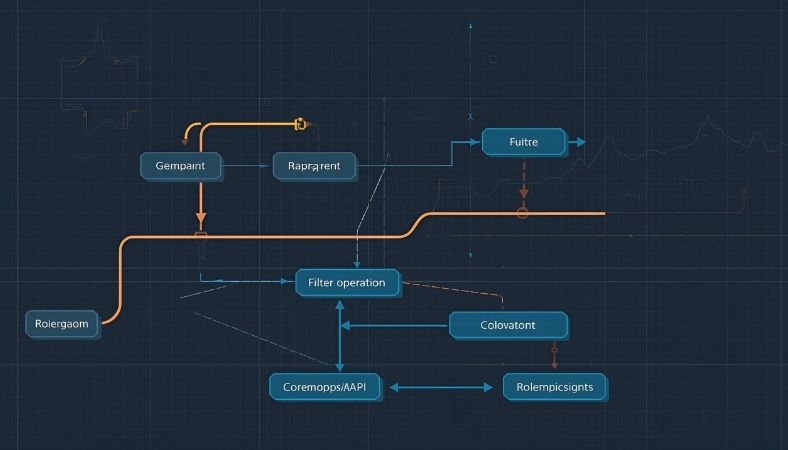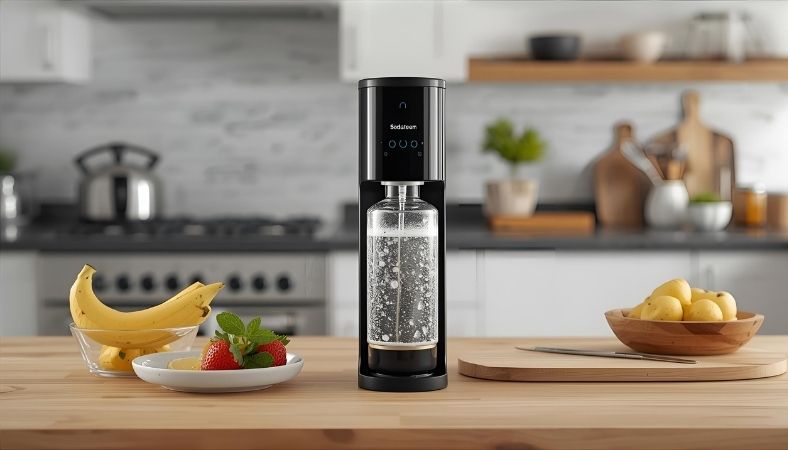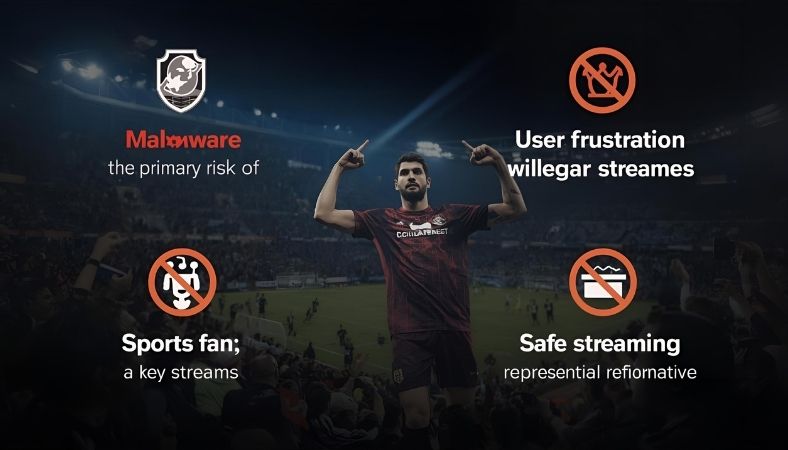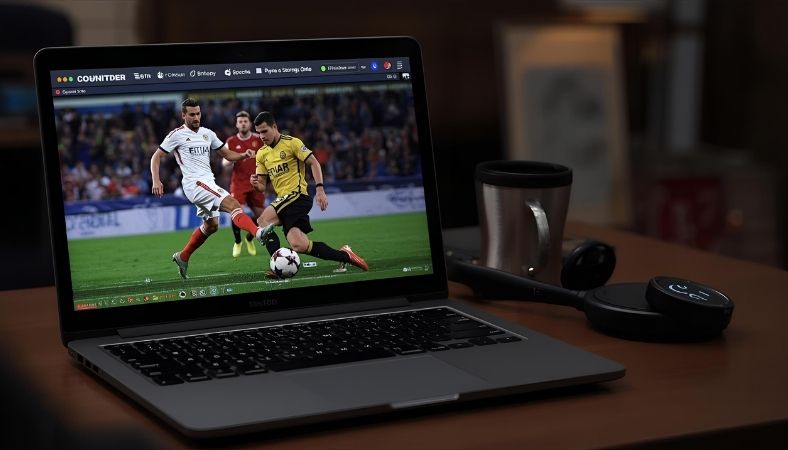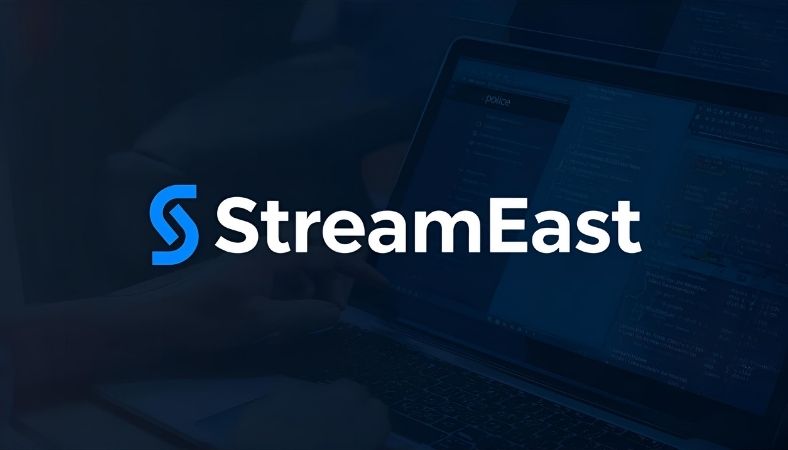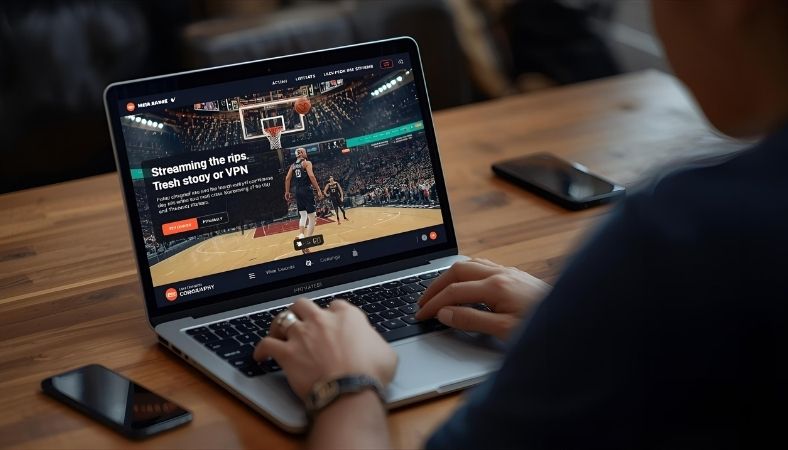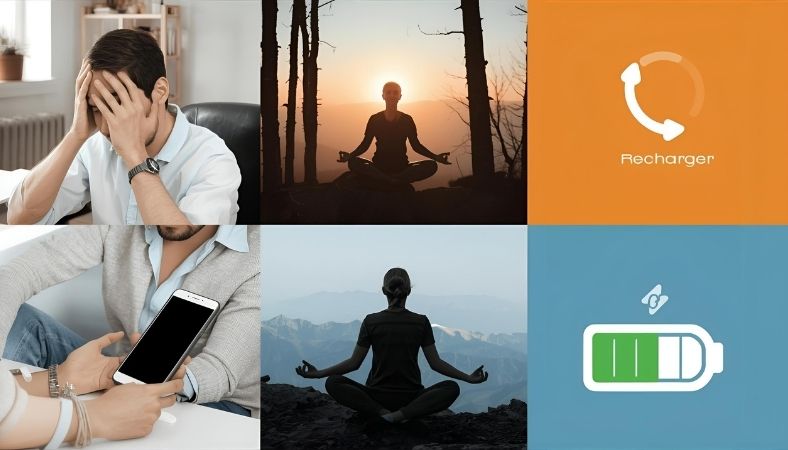
Ever feel like your business is running you ragged? Discover why an entrepreneur break isn’t just nice it’s essential for beating burnout and sparking fresh ideas in this AI-driven year. Simple tips, real stories, and stats to help you recharge without guilt.
Picture this: You’re staring at your laptop at 2 a.m., emails piling up, and that knot in your stomach won’t quit. Sound familiar? As an entrepreneur, the grind can feel endless, but here’s the thing stepping away for an entrepreneur break might be the smartest move you make this year. In 2025, with AI buzzing and remote work everywhere, ignoring your need for a pause could cost you big in energy and ideas.
I’ve talked to founders who pushed through exhaustion, only to watch their passion fizzle. But those who hit pause? They came back sharper, with teams that stepped up and businesses that grew. This isn’t about slacking off; it’s about fueling the fire that got you started. Let’s walk through why you need that entrepreneur break, how to make it happen, and what comes next.
Key Takeaways
- Hitting pause on your hustle can cut burnout risk and spark creativity, think 34% fewer exhaustion days if you build in regular entrepreneur breaks.
- Tools like AI make stepping away easier than ever, letting your business hum while you recharge.
- Real founders who’ve taken entrepreneur breaks report team growth and fresh insights that pay off big.
- Smart planning turns potential hiccups into wins, so your break feels like an investment, not a risk.
- In 2025, wellness trends mean more entrepreneurs are prioritising balance, leading to sustainable success.
Signs of Entrepreneur Burnout
You know that feeling when coffee stops working its magic? That’s your body waving a red flag. Entrepreneur burnout sneaks up fast in our always-on world, where one missed email feels like the end of the line.
Spot these seven common signs before they snowball: First, you’re snapping at your team over tiny things, like a delayed reply. Or maybe ideas that used to flow now hit a wall constant brain fog. Physical clues hit too: headaches that linger, sleep that’s more toss than rest, or that nagging fatigue no workout fixes.
Don’t brush it off. Stats show 87.7% of entrepreneurs wrestle with mental health issues, and 34.4% flat-out burn out. Compared to regular folks, we’re twice as likely to feel this crush because our work is our everything. Imagine your best friend ignoring these signals—what would you tell them? The same goes for you. Catching it early means one entrepreneur break could reset the clock.
Benefits of Taking Breaks
Okay, so why bother with an entrepreneur break when deadlines scream louder? Simple: It flips exhaustion into energy, and flat ideas into breakthroughs. Think of it like letting dough rise—skip it, and your bread falls flat.
One big win? Productivity jumps. Founders who step away report clearer thinking and bolder moves, with breaks boosting discipline by up to 20% in focus tasks. And innovation? A fresh perspective spots opportunities you missed in the daily rush.
Take Sarah, a tech startup CEO I know. She took a two-week entrepreneur break hiking in the Rockies—no laptop, just trails. Came back to tweak her app’s user flow based on a random chat with a hiker. Result? User sign-ups doubled in a month. That’s the magic: Short versus long breaks both work, but pair them with AI for efficiency, and 70% of adopters say it frees up rest time without chaos. Your business doesn’t stall; it evolves while you breathe.
How to Plan Your Break
Planning an entrepreneur break doesn’t have to feel like another project. Start small: Block a weekend or week where work notifications go silent. It’s about reclaiming your headspace without the guilt trip.
Here’s a quick five-step checklist to get you there. Number one: Set clear goals—what do you want from this time? Recharge, family focus, or hobby dive? Two: Map your calendar three months out, picking low-season slots. Three: Delegate like a pro—hand off tasks to your team or a trusted VA, with simple handover notes.
For solo entrepreneurs, keep it accessible: Budget $500 for a local getaway, or just unplug at home. Weave in that mini-sabbatical vibe by journaling daily insights. Four: Prep finances—stash an emergency fund covering a month’s basics. Five: Share the plan with loved ones so they cheer you on.
This setup tackles the “I can’t afford to stop” worry head-on. Remember, 40% of us juggle side hustles already; if they can swing entrepreneur breaks, so can you. It’s less about perfection and more about starting.
Risks and How to Mitigate
Sure, an entrepreneur break sounds dreamy, but what if clients bail or emails bury your inbox? Those fears are real—revenue dips or team overload can sting if you’re not ready.
Common pitfalls include “separation anxiety”, where you check work every hour, undoing the rest. Or worse, a crisis hits while you’re off-grid. But here’s the fix: Build in buffers like weekly check-ins instead of daily dives.
Compare no-break grinding to a planned pause the latter cuts stress by 30%, per recent surveys. Use AI chatbots for auto-replies; 53% of small ops swear by them to keep things smooth. Draft an emergency playbook—who handles what if sales tank? Test it pre-break.
Think of it like prepping for a road trip: Gas up, map routes, pack snacks. Your business rolls on, and you return stronger. Solo folks, lean on freelancers for a quick cover it’s cheaper than burnout recovery.
AI and Remote Work Enabling Breaks
In 2025, AI isn’t just hype—it’s your quiet sidekick making entrepreneur breaks feasible. Remote setups mean no office guilt, and tools handle the grunt work while you sip coffee on a beach.
Generative AI shines here: Automate emails, customer chats, and even basic analytics. Over 68% of small businesses now use it, planning growth without extra hires. Picture this: Your virtual assistant fields queries 24/7, freeing you for that long-overdue family dinner.
Versus old-school methods, AI cuts delegation headaches no more micromanaging from afar. McKinsey notes 78% of orgs integrate it across functions, turning remote work into a break enabler. For global teams, time zones sync effortlessly. It’s like having an extra brain that never tires, so your entrepreneur break feels safe, not scary.
Real-World Entrepreneur Stories
Stories beat stats every time—let’s hear from folks who’ve nailed the entrepreneur break. Take Mia, a female founder in wellness tech. Burned out from solo juggling, she joined a PhillyWNC peer group for support.
Her three-day entrepreneur break? A writing retreat. No pitches, just words. Back home, she revamped her pitch deck with outsider eyes—landed $200K funding. “It was scary letting go,” she says, “but vulnerability built trust.” Echoes a recent X thread where a $2M earner shared a tearful breakdown; her honest video on mistakes pulled 847 leads overnight.
Or consider Tom, ditching his calculator for a crypto pivot. His week off sparked a decentralised finance idea, blending old biz smarts with new tech. Only 33% of us take real pauses, but those who do? They spark viral wins. These tales show breaks aren’t a luxury they’re launchpads.
Re-Entry After Your Break
Coming back from an entrepreneur break can feel wobbly, like relearning your bike after years off. But with a plan, it’s your chance to apply those fresh insights without overwhelm.
Start gently: Day one, review what bubbled up—no deep dives. Chat with your team over coffee (virtual or real) to hear updates and share wins. This builds buy-in and eases that post-pause lag.
Tackle separation anxiety head-on: Journal what worked, what to tweak. Many founders note empowered teams post-break, with ops humming smoother. If ideas flowed on your trip, prototype one small thing that week.
It’s normal to feel a buzz of energy mixed with rustiness. Lean into it your refreshed view could spot a game… wait, a fresh angle no one else sees. Smooth sailing comes from celebrating the reset, not rushing it.
2025 Trends in Entrepreneur Wellness
This year, entrepreneur wellness isn’t a side note—it’s front and centre. With GEM reporting 49% fearing failure amid rising activity, balance is the new edge. US startups hit historic highs, but smart ones weave in rest.
Health ventures boom, from apps tracking founder stress to retreats blending yoga and strategy. Remote models shine, letting breaks fit hybrid lives—e-commerce keeps growing, no commute required. Sustainability ties in, too: Eco-focused breaks inspire green pivots.
Younger entrepreneurs lead, prioritising mental health over grind myths. It’s a shift: Wellness fuels longevity, turning one-off hustles into lasting legacies.
Final Takeaway
You’ve got the why, the how, and the real-talk stories now. Grab that calendar and book your entrepreneur break. Start with a day if a week scares you; just show up for yourself. Your business, team, and sanity will thank you. What’s one step you’ll take today?
Frequently Asked Questions
Why do entrepreneurs need breaks?
Running a business nonstop leads to exhaustion that kills creativity and joy. An entrepreneur break lets you recharge, spot fresh opportunities, and lead better. Studies show it drops burnout by 34% and boosts output. Without it, that constant stress builds, hurting decisions and health. Think of it as maintenance for your most valuable asset: you. In 2025’s fast pace, it’s not optional, it’s how winners stay ahead.
How long should an entrepreneur break be?
Tailor it to your setup: A quick 1-3 day unplug resets your mind without big risks, perfect for solos. For deeper recharge, aim 1-7 weeks, like a mini-sabbatical with travel or hobbies. Base it on business flow low season works best. Founders report that even short ones spark ideas; longer ones build lasting habits. Listen to your signs, and scale up as you get comfy.
What are the signs you need a break?
Watch for irritability, snapping at small stuff, endless fatigue, no nap fixes, or ideas drying up mid-pitch. Add physical hits like headaches or skipped meals, plus that dread of checking emails. Family might notice first that you’re distant or short. Ignoring amp’s fear of failure (49% of us feel it). Catch early; a break flips it to fuel.
Can solo entrepreneurs afford breaks?
Absolutely plan smart with AI handling basics (68% now do it) and a $500 budget for staycations. Delegate to freelancers cheaply; 40% juggle sides and thrive. Risks like dips? Buffer with auto-systems. It’s an investment: Post-break growth often covers costs fast. You deserve it as much as teams do.
How does AI help with entrepreneur breaks?
AI takes over routine tasks like chats and reports, so your biz runs smoothly 60% of small ops use it for ops. In remote 2025, it means no guilt unplugging; set bots for replies, analytics auto-run. Frees you for real rest, cutting delegation stress. Result? Cleaner re-entry, more innovation time.
What happens after taking a break?
You return buzzing with clarity, often seeing ops tweaks that boost efficiency. Teams feel trusted, stepping up more. Many hit growth spurts, like doubled sign-ups from fresh eyes. Ease in with light reviews, apply one insight quickly. It’s transformative: Less anxiety, more flow long-term.




